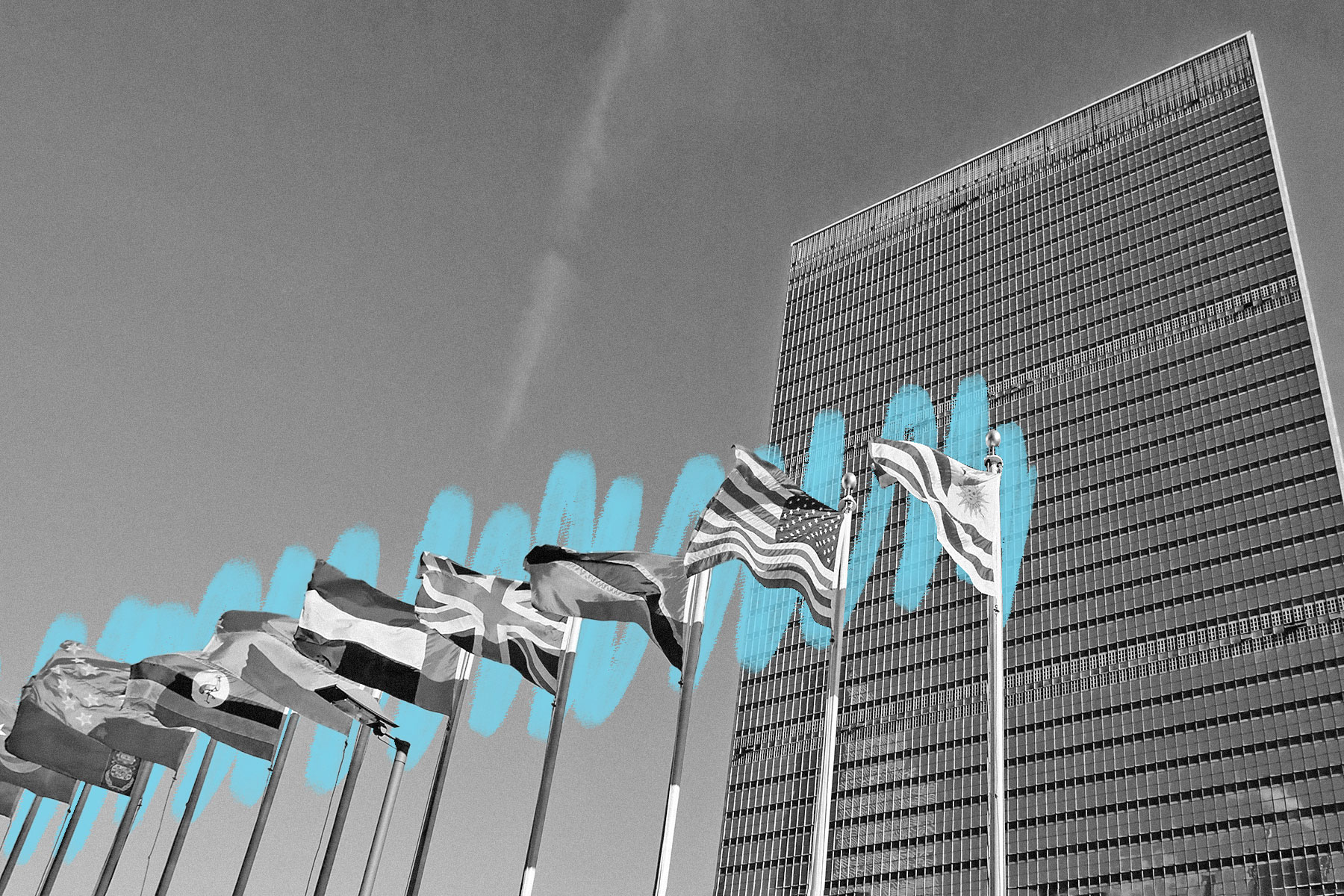The United Nations was nearly built near Greenwich, Connecticut.
The United Nations has called New York City its home since the 1950s, but the global peacekeeping organization once considered developing its headquarters in nearby Connecticut. In June 1945, a committee formed to determine where to build the offices of the newly chartered U.N., and the group conceived of a 100-square-mile campus located in parts of North Greenwich and Stamford, Connecticut, as well as North Castle, New York. This proposed community was dubbed “UNOville,” for United Nations Organization, and it would have involved the construction of skyscrapers, highways, railroads, and airports. The discussions, however, were largely conducted in secret without consulting locals, and when a scoop was finally published in Greenwich Time, it led to widespread opposition.
In January 1946, Greenwich town official and future U.S. Senator Prescott Bush — the father of George H.W. Bush — informed reporters about the UNOville proposal. Upon learning that 500 to 1,000 residents would be displaced by this international mega-campus, members of the community fought back to preserve their sense of regional identity. This led to a public referendum on February 23, which shot down the proposal by a vote of 5,505 to 2,019. With Greenwich no longer a viable option, cities such as Boston, Philadelphia, and San Francisco vied to become the new home of the U.N. But in December 1946, John D. Rockefeller Jr. purchased land along the East River in Manhattan and gifted it to the United Nations. Construction on the U.N. headquarters began in 1949, and employees moved into the building the following year.







